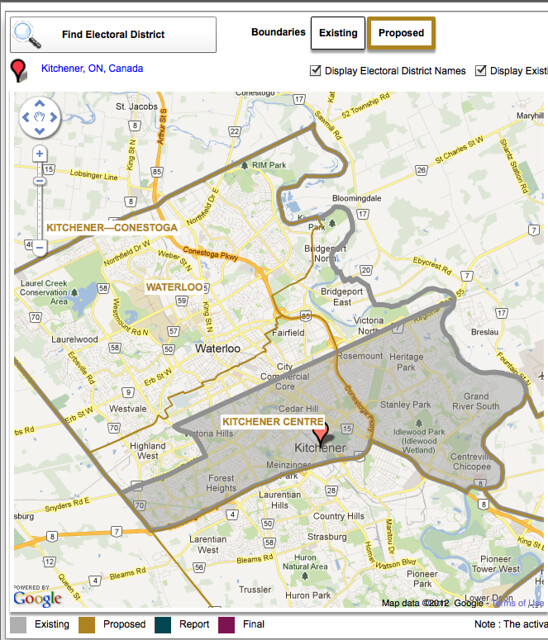ShonTron
Moderator
Rosario's not retiring. He was door knocking on my street last night. I would guess he has run the poll-by-poll numbers and is worried.
I don't want to slander the guy, but when I asked him why he said that he was going door to door because "it's hard to get in the media unless you do something special." Gee Rosario, maybe you should do something "special".
There's the updates to the Condo Act for better consumer protections and more board accountability he's been pushing hard for, but the Liberals (perhaps because of ties to the development industry) aren't interested.







